Bourges belongs to the Cher department in central France. I don’t know much about this area, but it’s really worth to visit even for just a weekend as the city has a very interesting architecture and history .
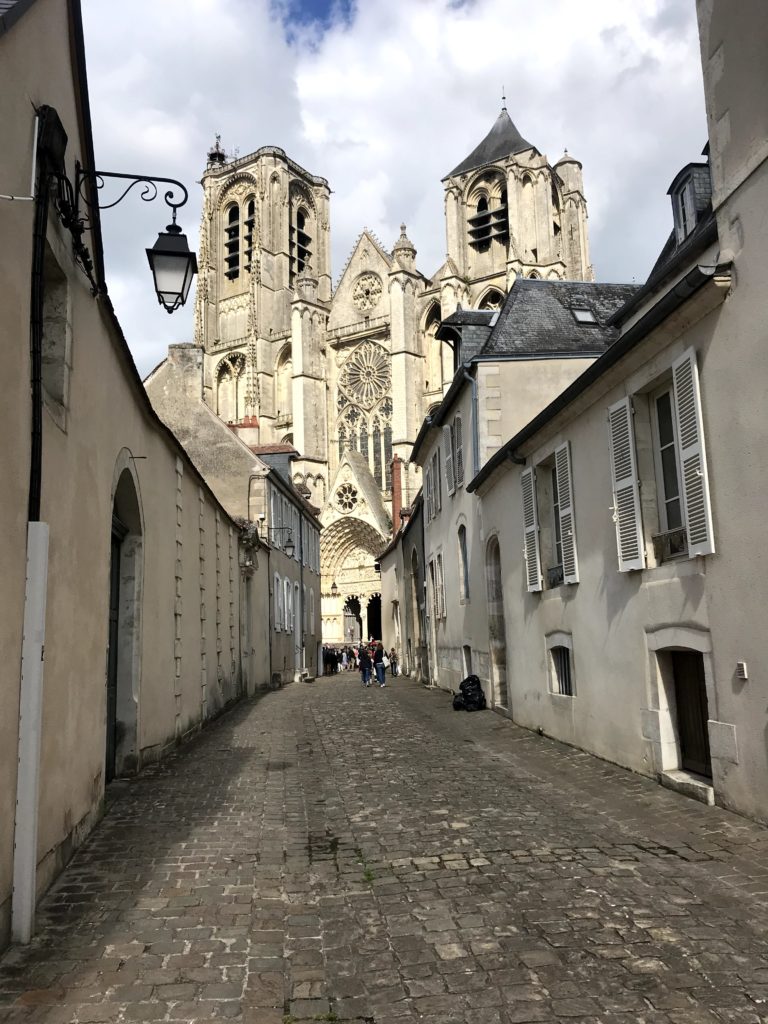
It was the historical capital of the former province of Berry (which no longer exists) so today the inhabitants of Bourges are therefore called “Berruyers”.
The first thing you usually visit is the gigantic Saint-Étienne Cathedral, a UNESCO World Heritage Site, but what I loved the most was the Jacques Coeur Palace, whose history we’ll see below.
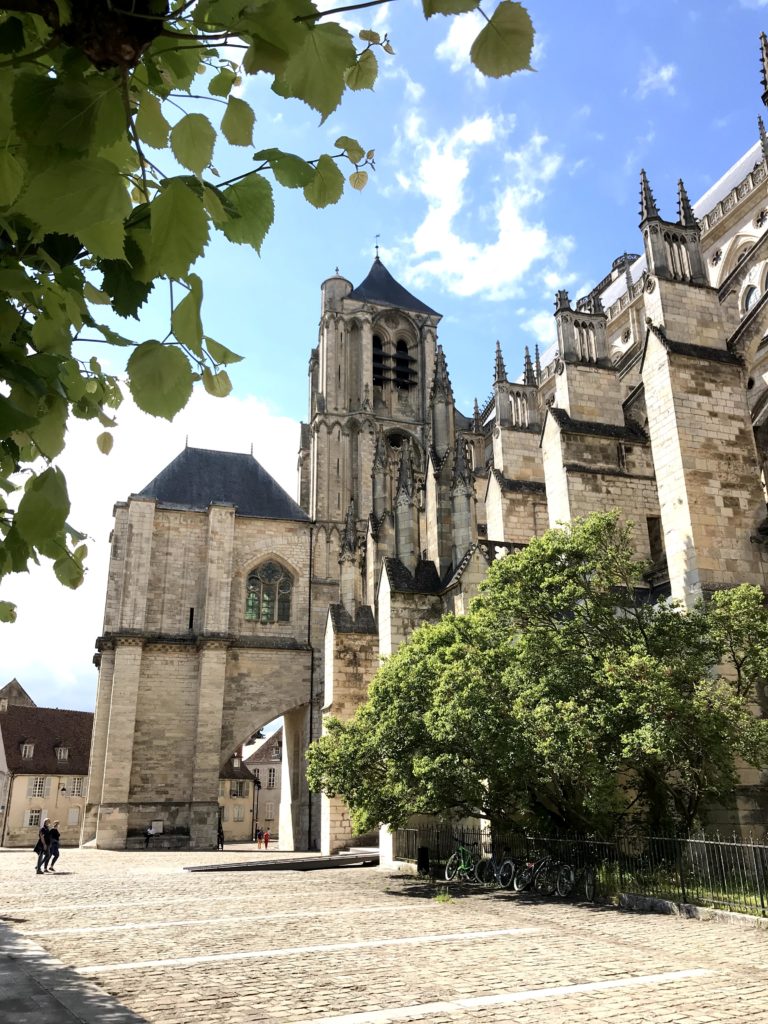
The cathedral is Gothic in style, built between the late 12th and 13th centuries as a symbol of Christian expansion in France during the Middle Ages.
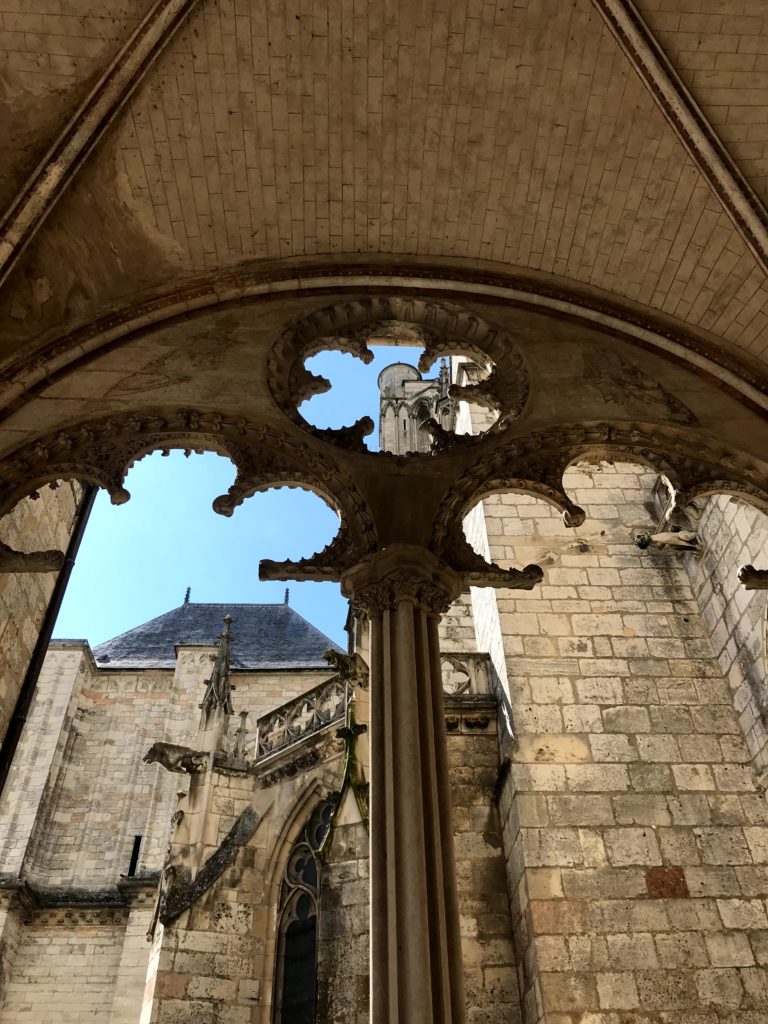
The city has suffered some ten fires since the first one was recorded in 1252. This has led to the creation of some 700 water containers throughout the city in case of fire. The marshes known as “Les Marais de l’Yèvre et de la Voiselle” on the outskirts are well worth a visit. The land is little built up and is only used for leisure and the planting of orchards. This makes for a picturesque landscape full of cottages, flowers and boats.
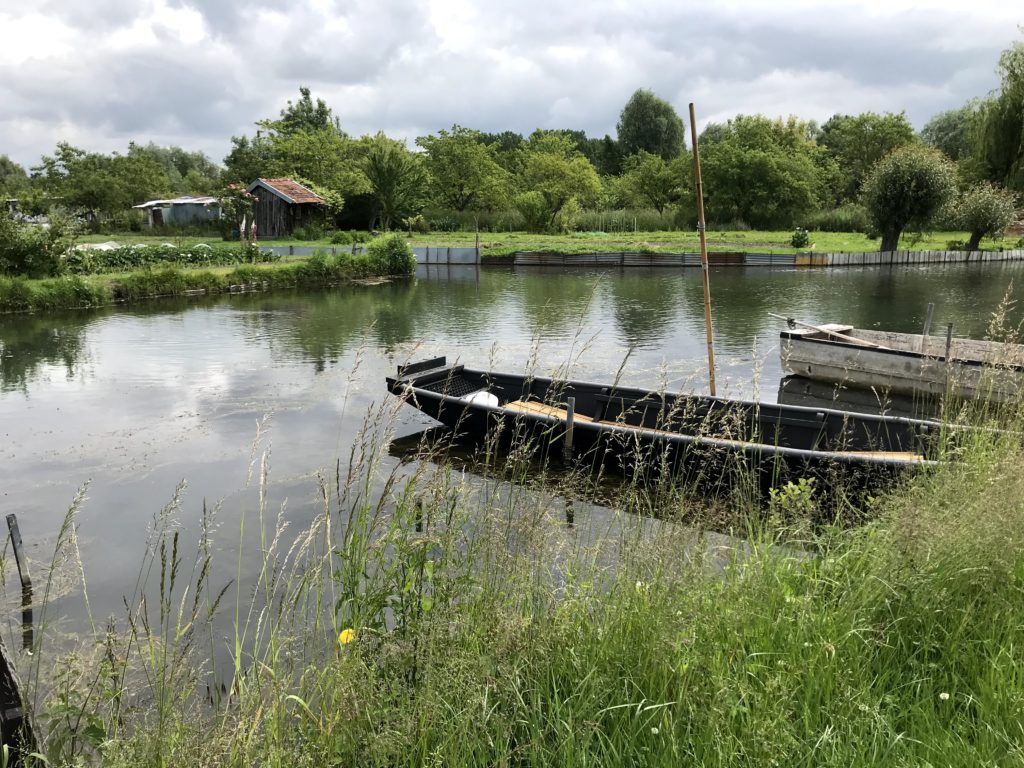
Bourges has many Roman remains, but the the first to arrive were the Gauls “Bituribes Cubes”. They ruled the area before the Roman period, and never better said because the name meant “the kings of the world”.
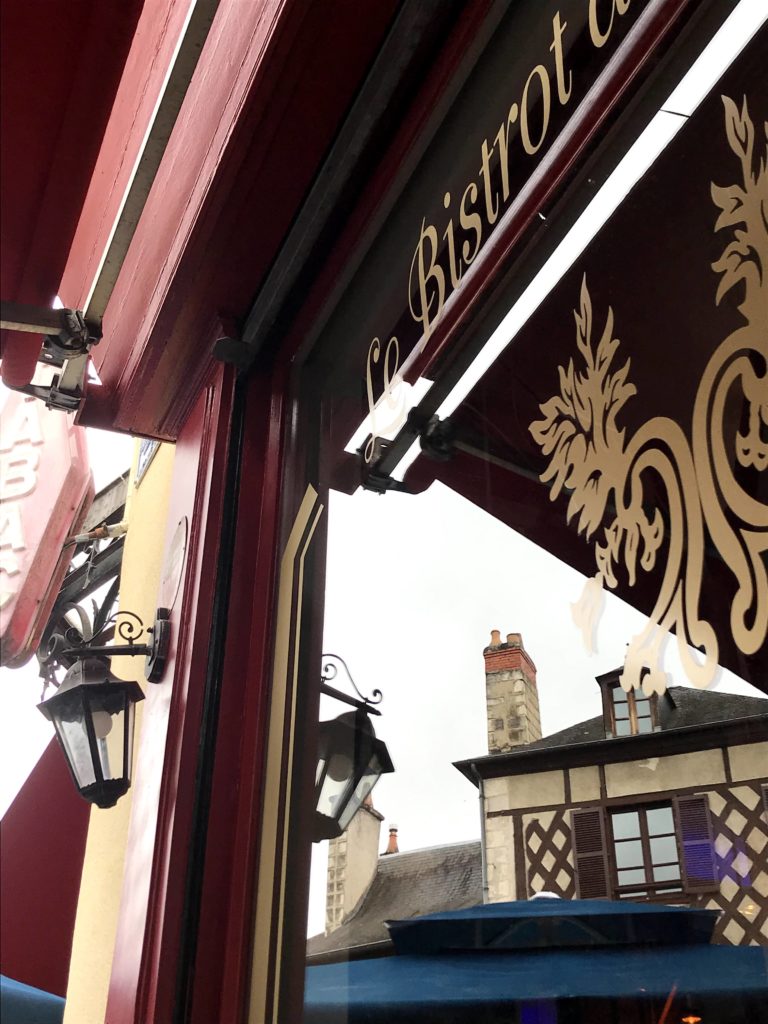
It was Caesar who conquered the region in 53 BC after defeating Vercingetorix and the city was called Avaricum. Most of the population was enclosed behind its walls and everything underwent the transformation to Roman style and life.
History of Jacques Coeur
Before explaining who Jacques Coeur was and why he created a palace in Bourges, I must tell you a little about the historical context of his life.
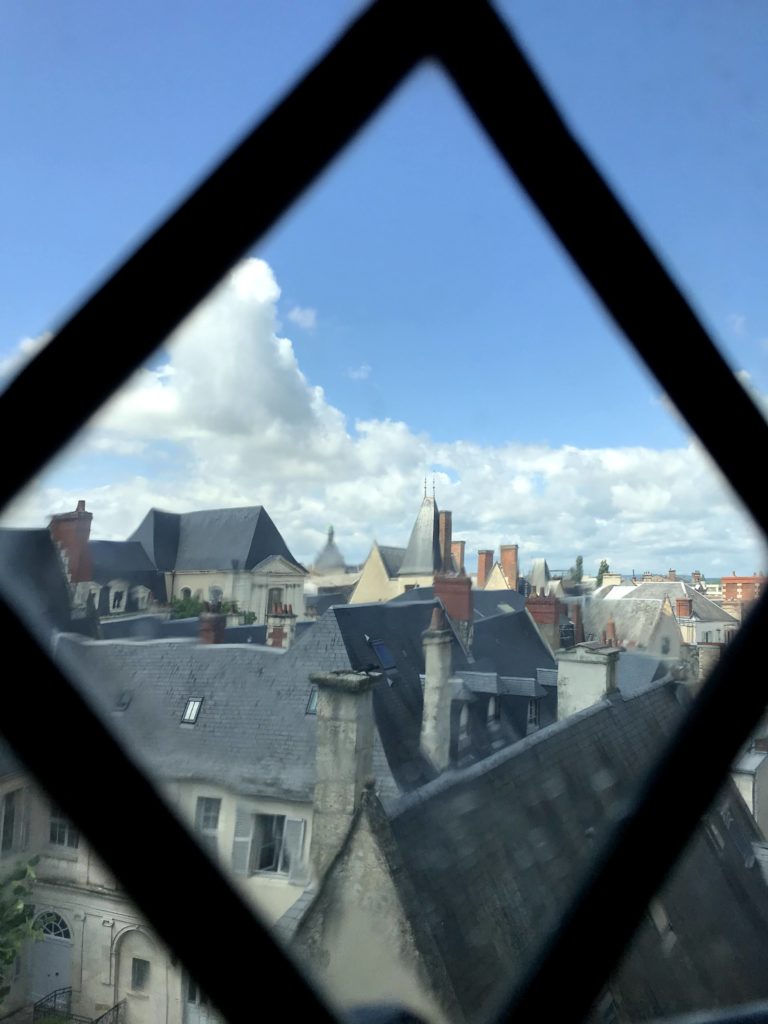
Bourges’ finest hour was in the 14th-15th century when the city became the capital of the Duke of Berry, third son of the King of France and brother of the future King Charles V. During the Hundred Years Civil War that followed between the Armagnacs and Bourguignons, Charles VI took the city after bombarding it.
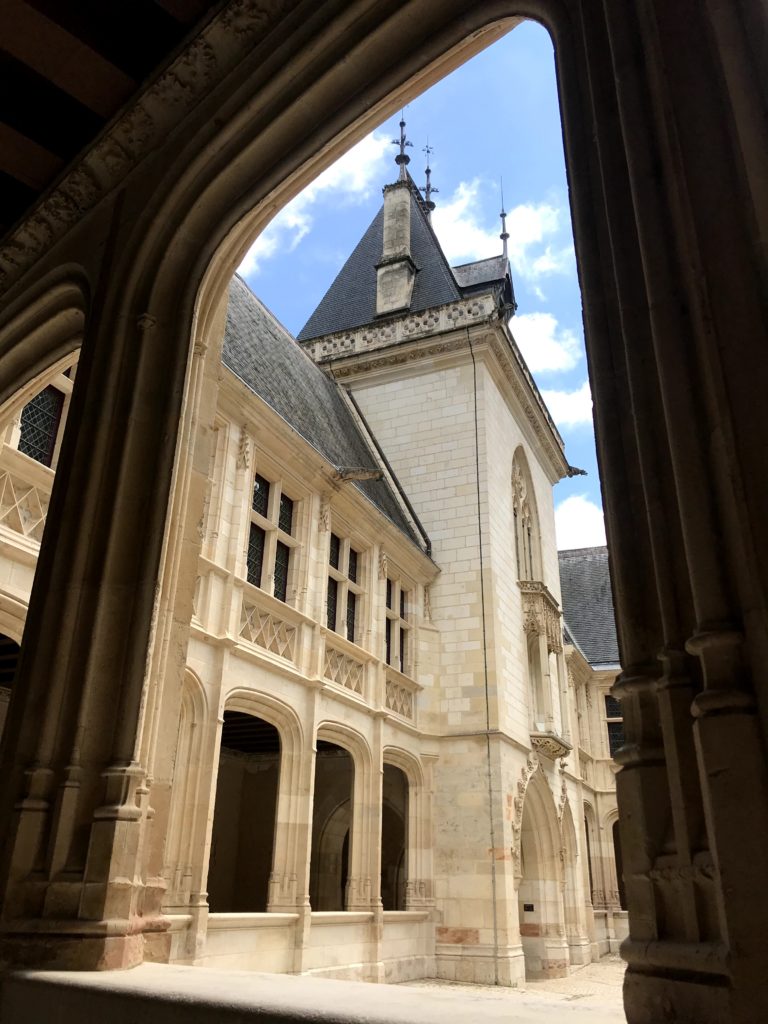
It was then his son Charles VII, dethroned by the English after the Treaty of Troy, who took refuge in Bourges and took over the administration of his uncle (the Duke of Berry) to control his kingdom. Thanks to Joan of Arc, Charles VII regained the crown of France after his coronation ceremony in Rheims Cathedral, but who financed the battles that Charles VII’s army won over the English? It was Jacques Coeur’s fortune as a merchant.
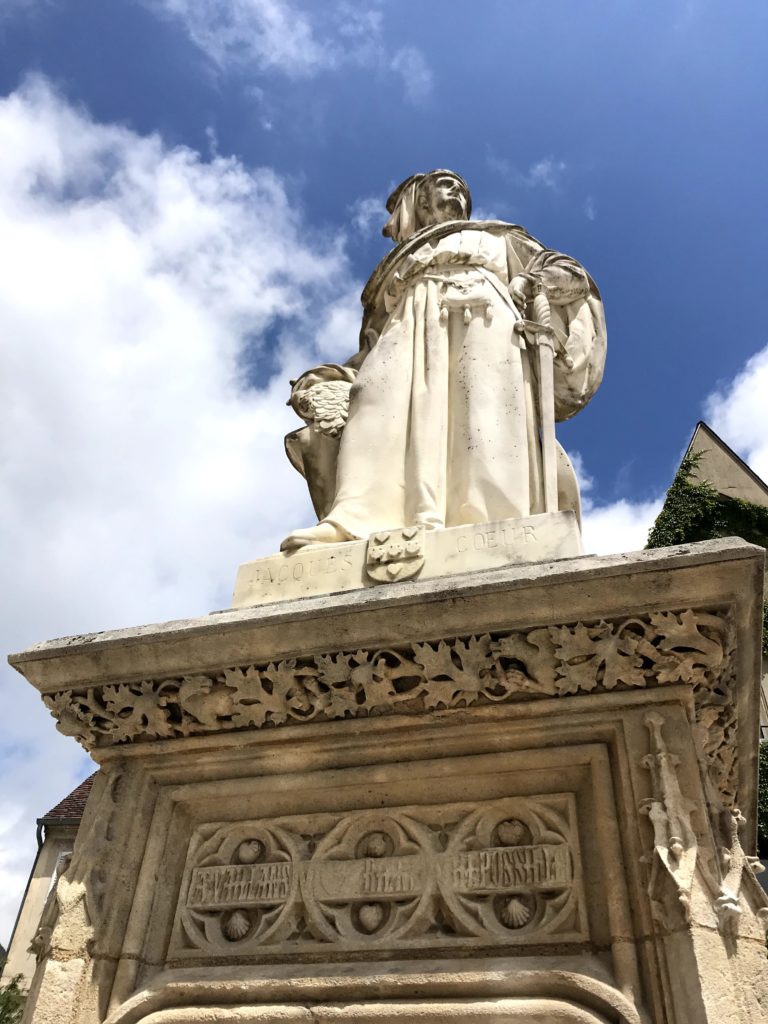
Jacques Coeur was born in Bourges around 1400. At that time, the world was in full expansion in search of trade. Christopher Columbus had not even reached America! Jacques Coeur was not only a banker, he was also the first Frenchman to have commercial and trade relations with countries such as Syria, Israel, Palestine, Jordan…
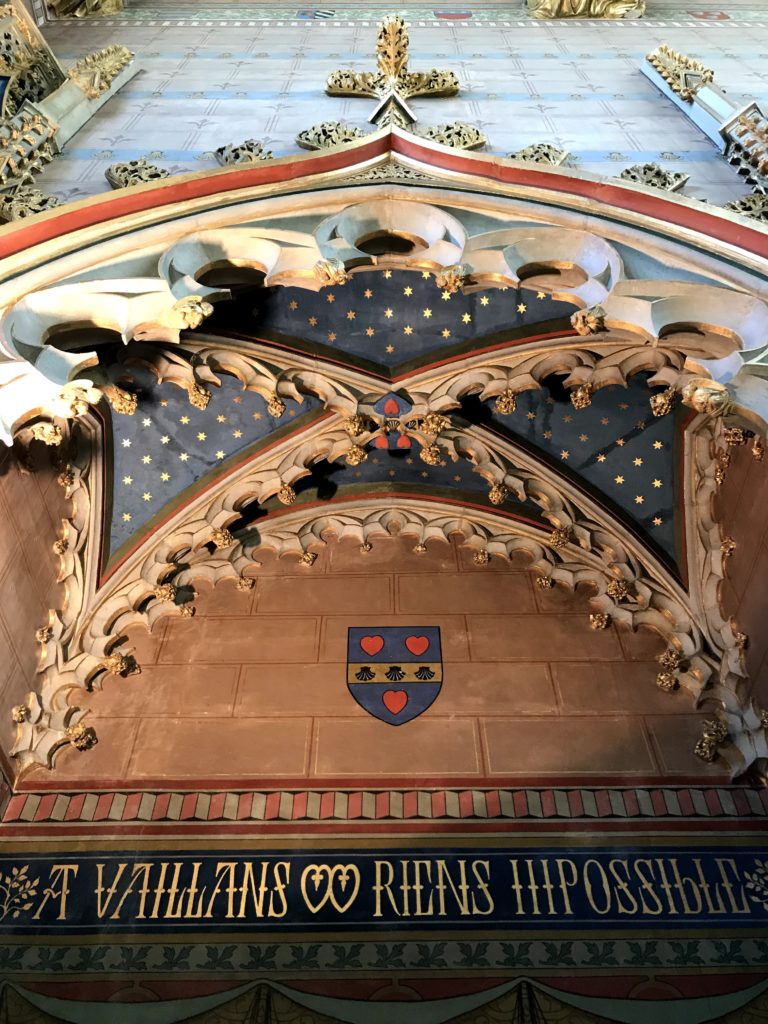
He created so many commercial and industrial enterprises that he was able to make such a fortune that even King Charles VII owed him money. He aroused so much envy that this brought him to the end of his career and even his life. He was accused of having poisoned the King’s favourite, Agnès Sorel, and persecuted until he was imprisoned in the castle of Poitiers. He managed to escape and live in exile in Rome under the protection of Pope Callixtus III. He died on the island of Chios in Greece during one of the crusades against the Turks.
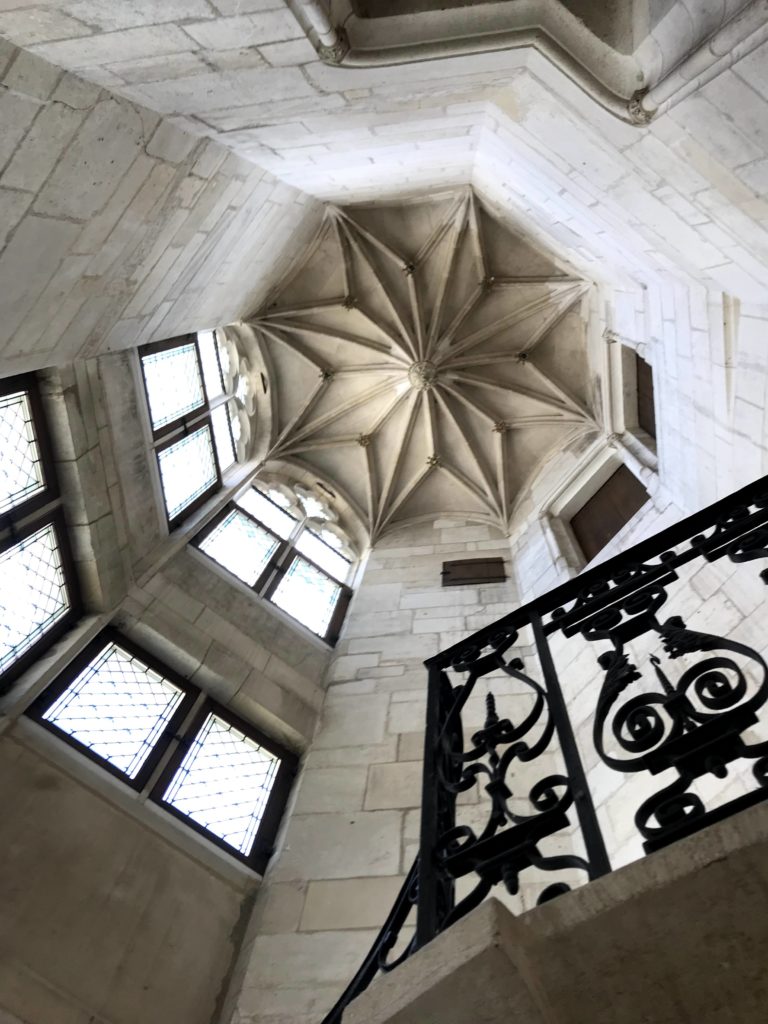
The Jacques Coeur Palace is a marvel. It is Gothic in style and was built in the 15th century. In fact, Jacques Coeur only lived there for a short time as he was always so busy and far away .
In literature, well-known authors such as the great poet François Villon or the present-day Jean-Christophe Rufin have been inspired by the character of Jacques Coeur to write their works.
Gastronomy of Bourges
- Restaurant of “le Saint Ambroix”. It is in the chapel of the hotel where we stayed, called “Hotel Abbaye de Bourbon”.
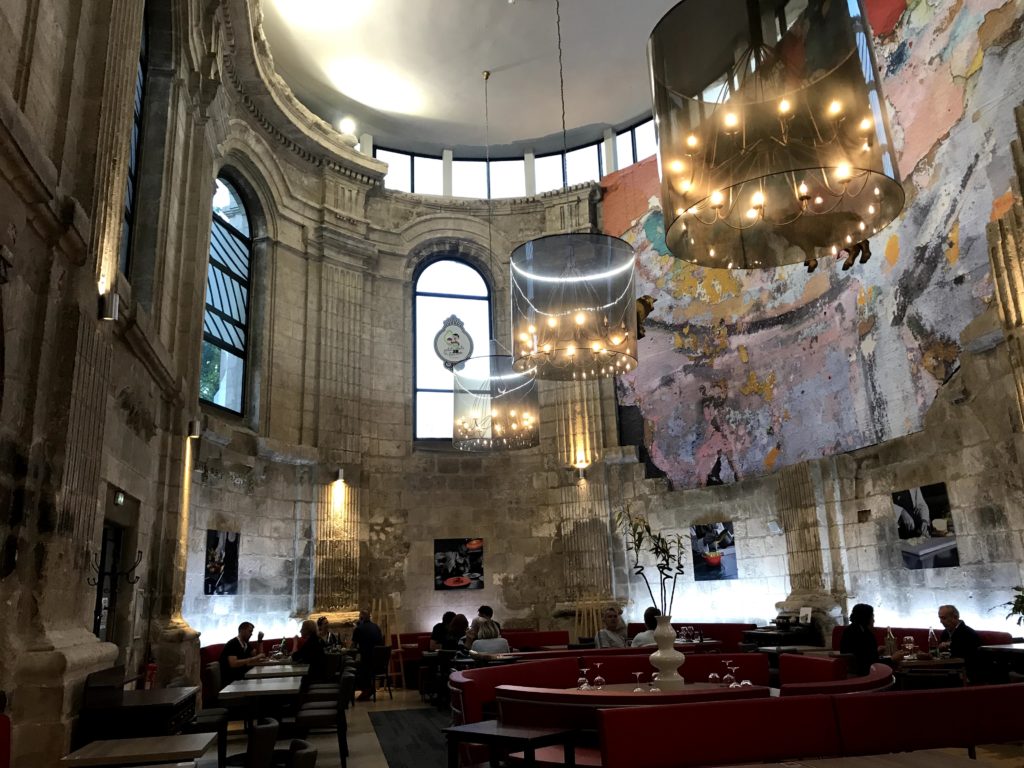
2. Local products are the green lentils of Berry, the crottin de chavignolle or the red wine of Sancerre.
3. Dishes cooked in wine such as “eggs à la berrichonne” or “chicken en barbouille”. There are also “pigeonneaux Jacques Coeur” or “Loire salmon” in a butter sauce.
Other addresses
- There is a route in the Bourges area known as the “Route de Jacques Coeur”. You can find maps at the Tourist Office or even in links like this one https://route-jacques-coeur.com/
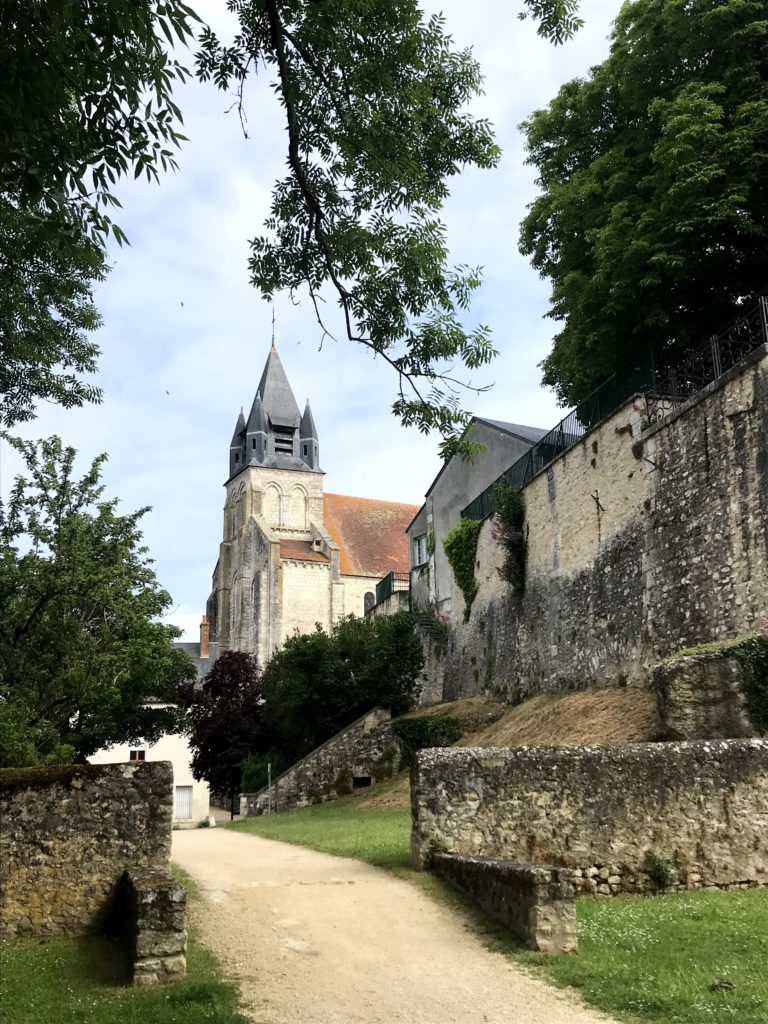
2. As we didn’t have much time, we visited a small village next to Bourges known as “Mehun-sur-Yèvre”, which is beautiful.
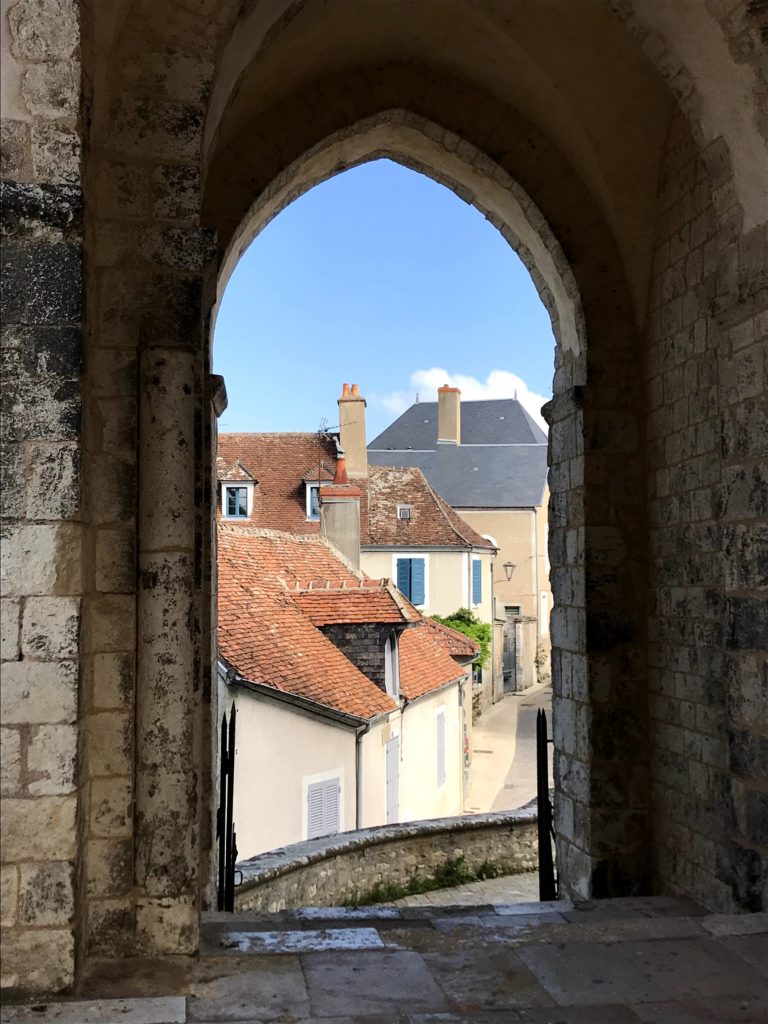
It is known for the Porcelain Factory and also for being the home town of King Charles VII whose castle can be seen in the photo below.
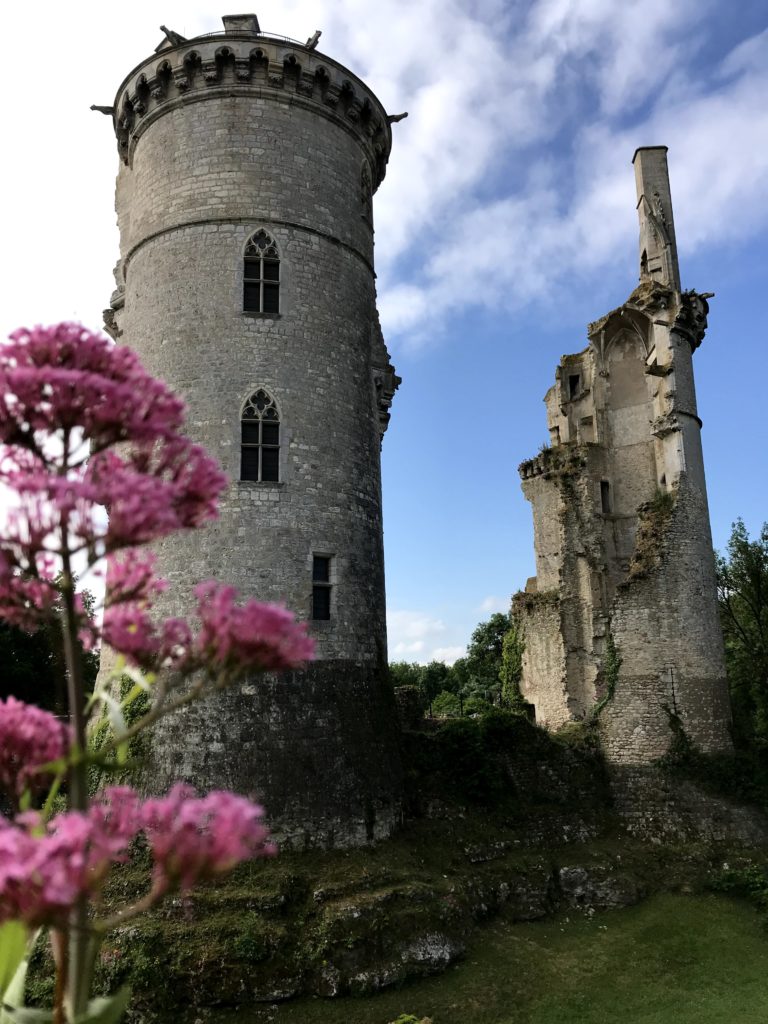
To see world through your eyes and through your words it’s beautiful Paloma
You are such a beautiful person, Nancy <3 Thank you so much for your unconditional support